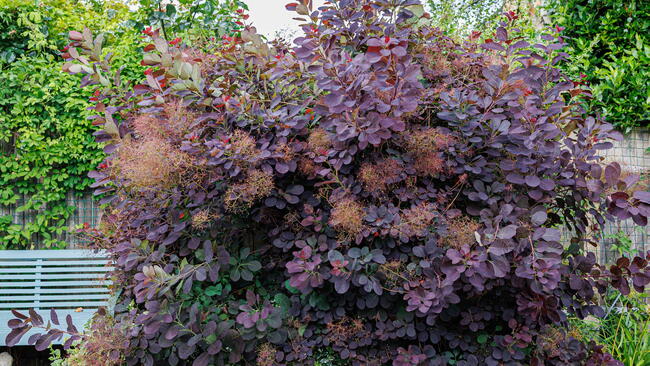
Discover the best magnolia varieties and learn how to plant and care for them.
Read Next
Types
- M. grandiflora ‘Little Gem’ is a good choice for small yards. It reaches 15 feet in height and flowers within a few years.
- M. stellata ‘Centennial’ is a star magnolia with 5-inch slightly pink flowers. A vigorous and cold-hardy cultivar.
- M. x soulangeana ‘San Jose’ is a saucer magnolia with deep magenta flowers. Fragrant and vigorous, it makes an excellent container plant.
Gardening Products
More Like This
Magnolias tend to be slow healers, so aggressive pruning should be avoided. Moving them is possible, but requires some special care. The following tips from the New York Botanical Garden, along with the guide they link from their page, may be helpful: https://libanswers.nybg.org/faq/222550.
I hope it works out for you. As problematic as they can sometimes be, magnolias are beautiful enough to be worth the effort!
Dear Terri,
First of all, it sounds like good news that the only thing that got hurt was the magnolia tree.
Yellow magnolias are a hybrid created by grafting on another rootstock or "scion." When your tree was sheered by the tractor, the hybrid potion of the tree was destroyed, but the scion remained, and that's what grew. The simple answer to your question is that to enjoy yellow magnolia flowers, you'll need to plant another hybrid; there are many to choose from.
Thanks to our friends at the Brooklyn Botanical Garden for confirming our answer on this one: they are known for creating the yellow magnolia hybrids beginning in the 1950s; below is link to information about the garden's magnolia hybrid breeding programs: https://www.bbg.org/article/eight_magnolia_hybrids_bred_by_brooklyn_botanic_garden
—The Editors
- « Previous
- 1
- 2
- …
- 10
- Next »













Comments